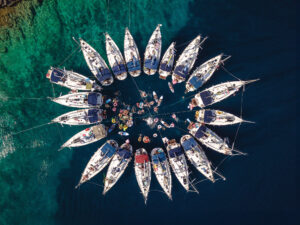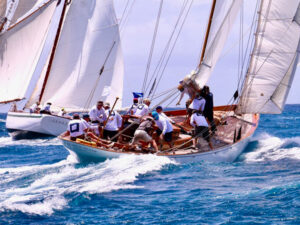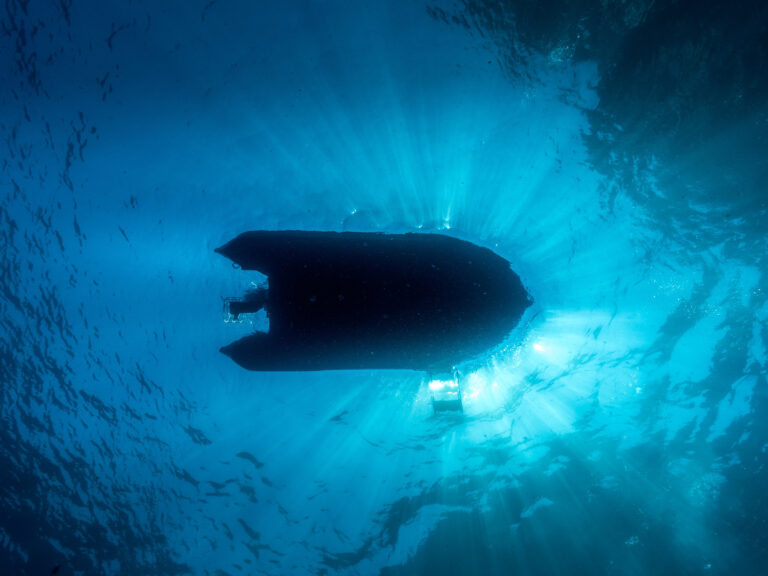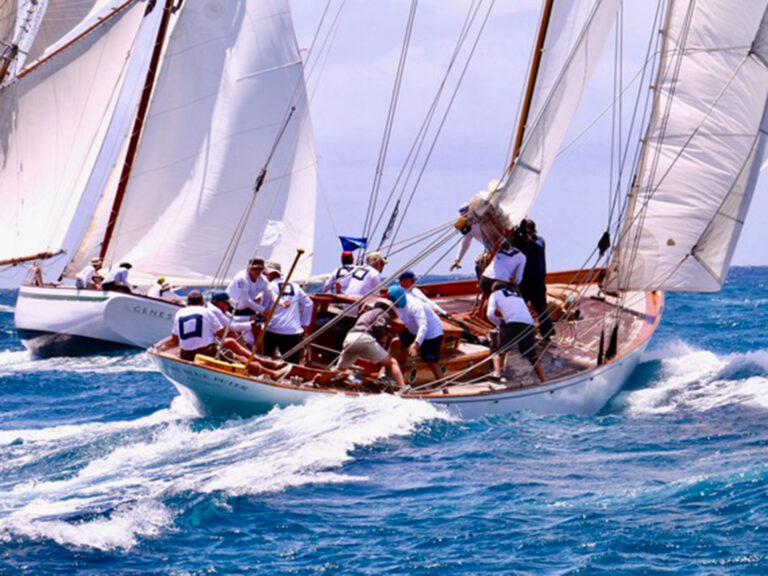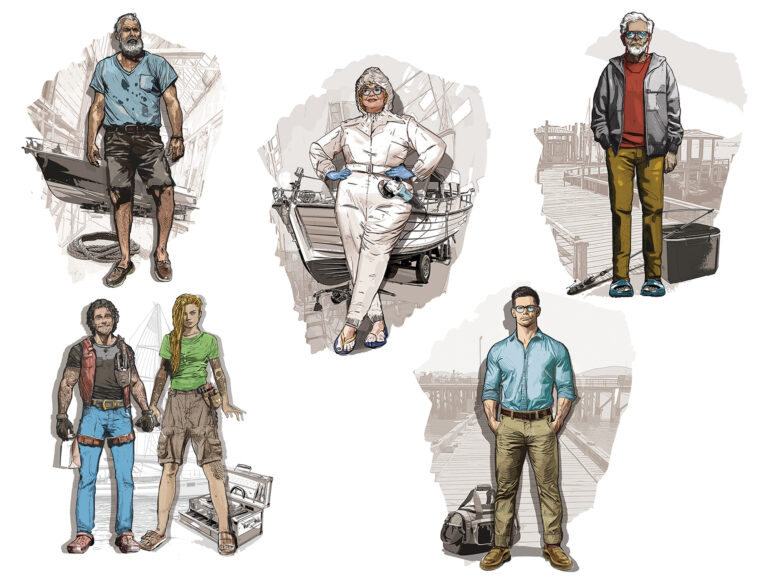
Our last month in California was pretty action-packed as we tried, diligently, to point the bow of our 1979 Cheoy Lee 41, Avocet, southward toward paradise. We escaped Morro Bay after experiencing horrendous weather and fixing our diesel engine, and we arrived in Ventura, where we ran around like chickens with our heads cut off. From there, we made it to Catalina Island, where we discovered that our Starlink—which I rely on for work—was busted. On the map, Mexico was only a few hundred miles away, but at times throughout the month, it felt like our target destination was unreachable.
Finally, we were off—and getting a true taste of how it feels to live the long-distance cruising lifestyle.
“What are you working on?” my husband, Chris, asked from across the cockpit.
The sun bathed us in warm rays as our autopilot kept us on our southbound course, our sails full in a 7-knot breeze. I was typing away on new articles, responding to emails and adding podcasts to my “listen later” list since Starlink was back in action. Avocet was on her way to Mexico, and damn, did it feel good.
That was a long day full of fair winds and dolphins playing in our wakes that faded into a night of darkness and motoring. I found the low rumble of the Perkins engine to be a somewhat cathartic reminder of perseverance, since a month earlier, we’d been faced with the possibility of having to repower, further delaying our Mexico plans. Now, I no longer thought of the sound as a nuisance. It was a reassurance that everything was OK.
I took the first watch, nesting into the beanbag in our cockpit footwell while I waited for the stars to paint the sky.
“Avocet, Avocet, Avocet.”
The call over the VHF radio repeater in our cockpit was from our friend Peter Metcalfe aboard his 38-foot Hans Christian, Kessel.
Kessel had been behind us until he and Olivia, tapped out on sailing and turned on the engine a few hours before we doused our asymmetrical sail. I could faintly see Kessel’s stern light off our bow as the jagged shape of California’s coastline contrasted with the fluid sea.
“Are you seeing the sky right now?” Peter asked.
It glistened like diamonds. I did my best to identify my new recurring night watch buddy in the cosmos: Orion himself.
Lesson learned: Sailors who say all the aggravation is worth the effort to experience the world this way are absolutely right.
Coming next: Part 2, a VHF radio call in the night, and a dangerous series of hazards to navigate.

